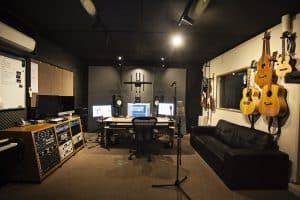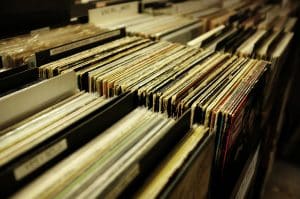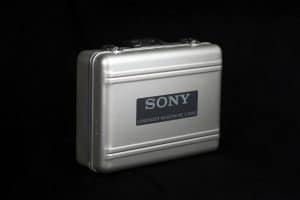What is Automatic Dialogue Replacement (ADR) Used For?
Automatic Dialogue Replacement (ADR), as the name implies, is the process of re-recording dialogues in synchronization with the footage. So, what is it used for? Well, Automatic Dialogue Replacement usually comes in the post-production process and is done to remove any bad soundtrack, vocals, music or disturbances in the movie. It is also used to dub the movie in another language. To understand more, continue reading.
Understanding Automatic Dialogue Replacement (ADR)
Usually, many people refer to automated dialogue replacement as dubbing, but this is wrong. Automatic Dialogue Replacement (ADR) is completely different. Dubbing is when you include a voiceover, without changing the dialog or footage. But when it comes to Automatic Dialogue Replacement (ADR), there are three roles, which include work from the sound editor, the recording engineer, and the actors.
Automatic Dialogue Replacement (ADR) is to remove any discrepancies or problems which usually occur during the actual filming and replacing it with clear audio. In the ADR process, the actor is required to recreate his/her performance in a manner that it matches the original speech or dialogue in the film. Translators are used if the Automatic Dialogue Replacement (ADR) needs to be done in another language.
The sound editor keeps everything synchronized in the actual movie by replacing the dialogues to correctly match the original take. The recording engineer’s job is to create the same acoustic environment from the actual movie so that no difference can be noted after the post-production process. The main goal of automated dialogue replacement is to create a believable and realistic scene which cannot be identified later on and becomes an actual part of the movie. The recording space and, equipment used should be in line with the original footage and the audio requirements for it.
How Is Automatic Dialogue Replacement (ADR) Used In Movies?
After preparation of the revised footage and scripts, actors are brought one by one to redo the voice recording for a specific part of the movie. You must be wondering why actors are brought in individually? Well, this is to fast track the process, as doing it together may result in poor synchronized voice recording. In addition, actors have different schedules, so it becomes difficult to manage an appropriate date and time.
After recording the voiceover, the sound editor, along with the director or producer, will determine among multiple takes which one is the best and the Automatic Dialogue Replacement (ADR) editor or sound editor will then screen through the audio bites and decide which audio bite will be used for the final mix. Once the final mix is prepared, it sent by the producer to post-production.
About Automatic Dialogue Replacement (ADR) Engineers
And this is where it all comes down to recording engineers. These Automatic Dialogue Replacement (ADR) engineers will then mix the sound effects with dialog and music. After this is done, the engineer will compile a revised version of the movie to finish the Automatic Dialogue Replacement (ADR) process. Please note Automatic Dialogue Replacement (ADR) is not only used for films and TV series, it is even used to remove poor sound quality in any clips, ads or short films.
In conclusion, it is safe to say Automatic Dialogue Replacement is really helpful in removing audio errors from movies.




